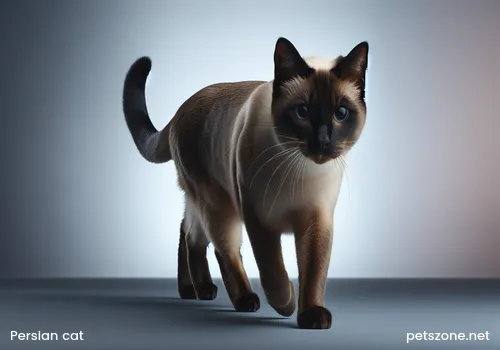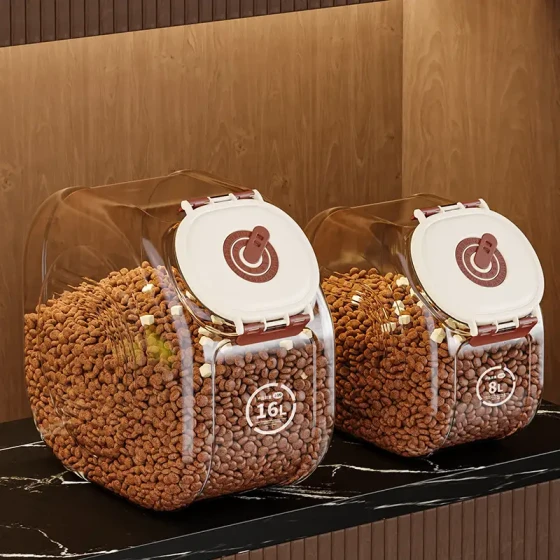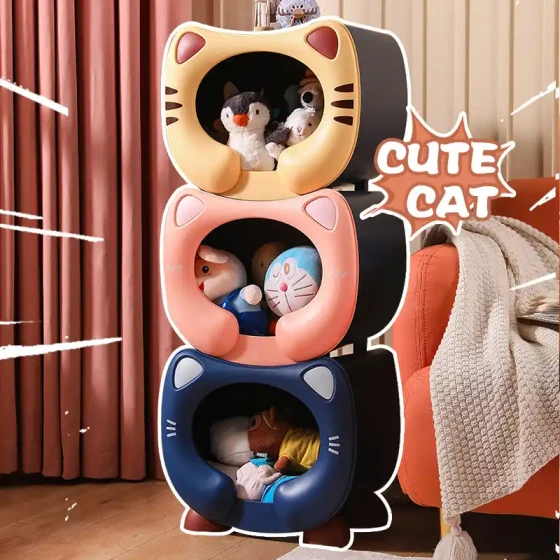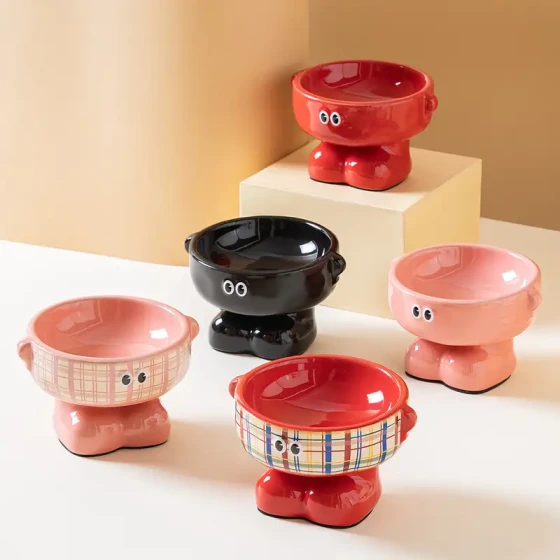Are Persian Cats with Heterochromia Beautiful? How to Raise Them?
Persian cats with heterochromia (i.e., one eye is blue, and the other is green, yellow, amber, or brown) are usually considered beautiful because their unique appearance attracts many cat enthusiasts.
Raising Persian cats requires daily grooming of their long hair, paying attention to a balanced diet, and keeping the indoor environment clean. Especially for heterochromia cats that are white, there may be a risk of hearing loss.
Prices range from a few thousand to tens of thousands of RMB, depending on lineage, color, and breeder reputation.
Other cat breeds such as Turkish Van and Turkish Angora also have similar heterochromia traits.

The above image is an odd-eyed white Persian cat Image source: Evgeniya Davydova posted on pexels
Persian cats are deeply loved by pet enthusiasts in China for their gorgeous long hair and round faces. Among them, Persian cats with heterochromia (i.e., eyes of two different colors) have become a popular choice for "internet celebrity cats" due to their unique appearance. This report will provide a detailed discussion on the definition, causes, aesthetic value, price, care considerations, and related breeds of heterochromia, aiming to provide comprehensive guidance for readers intending to raise Persian cats.
Definition and Characteristics of Heterochromia
Heterochromia in felines refers to a cat having two different colored eyes, commonly manifested as one blue eye and the other green, yellow, amber, or brown. This phenomenon is relatively common in Persian cats, especially in individuals with white or white spotting genes. According to Wikipedia – Odd-eyed cat, heterochromia is caused by genetic factors involving interference by the white gene or white spotting gene in the migration of melanocytes.
Heterochromia in Persian cats usually manifests within a few weeks after birth. Kittens' eyes are initially all blue, but as they age, melanin gradually disperses into the iris, causing color changes. If one eye does not receive enough melanin, it remains blue, while the other eye may change to another color. These "two-tone eyes" are like being "born with a filter," often provoking "wow, amazing" reactions on social media.
Aesthetic Value and Cultural Impact
Whether heterochromia Persian cats are considered beautiful largely depends on personal aesthetics, but many cat lovers find their unique appearance highly attractive. Especially in China, the pet market’s aesthetic preference leans towards "being different," and heterochromia cats are seen as "face value representatives," perfect for photo spots, attracting many fans. Studies show that heterochromia cats tend to be more popular at cat shows, with some breeders deliberately cultivating this trait to meet market demand.
From a cultural perspective, heterochromia cats in China are imbued with a "mysterious aura," like the "heavenly eye" in historical dramas, making them seem extraordinary and giving a sense of "chosen cats." This aesthetic preference has also driven the popularity of heterochromia Persian cats in the pet market.
Common Eye Color Combinations and Causes
Common eye color combinations for heterochromia Persian cats include:
- One eye blue, the other green.
- One eye blue, the other yellow.
- One eye blue, the other amber or brown.
Blue eyes typically result from a lack of melanin, while other colors depend on the concentration of melanin in the iris. According to Catster – How Rare Is a Cat With Two Different Eye Colors, this phenomenon is more common in white cats, with about 15-40% of white cats exhibiting heterochromia. The cause is closely related to genetics, primarily the dominant white gene or white spotting gene affecting melanocyte migration during embryonic development, leading to one eye lacking melanin and appearing blue, while the other eye is normally pigmented. This genetic mechanism is not uncommon among Persian cats but not all will have heterochromia.
Price Analysis: Current Situation in the Chinese Market
In the Chinese pet market, Persian cat prices typically range from a few thousand to tens of thousands of RMB, depending on lineage, coat color, age, and breeder reputation. Because of their unique appearance, heterochromia Persian cats may cost slightly more, especially with pedigree certificates, potentially reaching 10,000 to 50,000 RMB. According to MyKitten.in – Persian Cat For Sale, prices in the Indian market range similarly from 20,000 to 50,000 rupees, about 1,200 to 6,000 RMB. Considering China’s market economy level, prices may be higher.
Factors affecting price include:
- Lineage: Cats with pedigree certificates certified by international cat associations (CFA or TICA) have higher prices.
- Coat color: White heterochromia cats might be more expensive due to rarity and market demand.
- Age: Kittens are usually pricier than adult cats.
- Breeder reputation: Cats from reputable breeders offer better health and after-sales guarantees, so prices are correspondingly higher.
It is advised to compare multiple options and avoid "street vendor" cats to prevent "buying a cat like a lottery," resulting in higher later health costs.
Feeding and Care: Details and Precautions
Raising Persian cats requires investment and patience, especially long-haired breeds, whose daily care should not be neglected. Key precautions include:
- Haircare: Persian cats’ long fur easily tangles; brush daily for at least 15 minutes with a soft brush to prevent fur knots like "bird nests." Bathe once a week using cat-specific shampoo to keep hair glossy. In hot summers, ensure fur dries thoroughly to avoid feeling "like a furnace."
- Diet management: Persian cats tend to gain weight easily; select high-quality cat food, control daily portions to avoid "becoming chubby." Provide fresh water and add cat grass if necessary to aid digestion.
- Environment control: Persian cats prefer quiet environments and suit indoor living. Maintain indoor temperature between 20-25°C, avoid dampness and dust to reduce respiratory infection risks.
- Health checkups: Regular veterinary visits, especially for eyes and ears. If the cat is white with blue eyes, pay attention to possible hearing loss risks. According to International Cat Care, white blue-eyed cats have higher chances of hearing loss, so hearing tests are recommended.
For heterochromia Persian cats, daily care is similar to ordinary Persians, but if eye abnormalities are noticed (such as redness, swelling, or discharge), seek medical attention promptly to ensure vision health.
Other Heterochromia Cat Breeds: Broadening Horizons
Besides Persian cats, the following breeds also commonly exhibit heterochromia, suitable for cat lovers who enjoy unique appearances:
These breeds each have distinct features, suitable for different family lifestyles, expanding the diversity of heterochromia cats.
Summary and Recommendations
Persian cats with heterochromia have become many cat lovers’ first choice due to their unique appearance and genetic traits. Caring requires attention to haircare, balanced diet, and health exams, especially since white heterochromia cats may have hearing risks. Regarding price, choose reputable breeders to ensure cat health and reliable lineage. Hopefully, this article helps you better understand and care for these "chosen cats," allowing them to live healthily and happily in your home.



